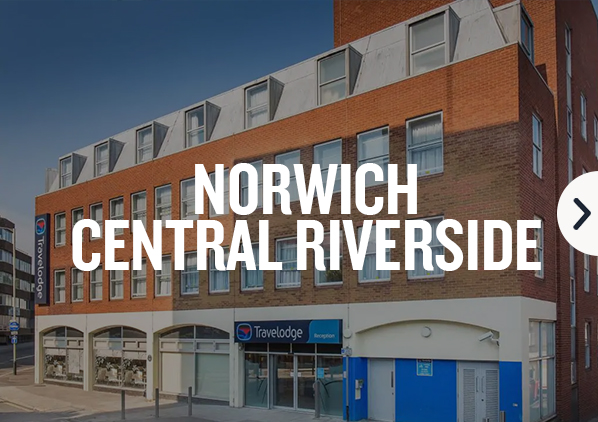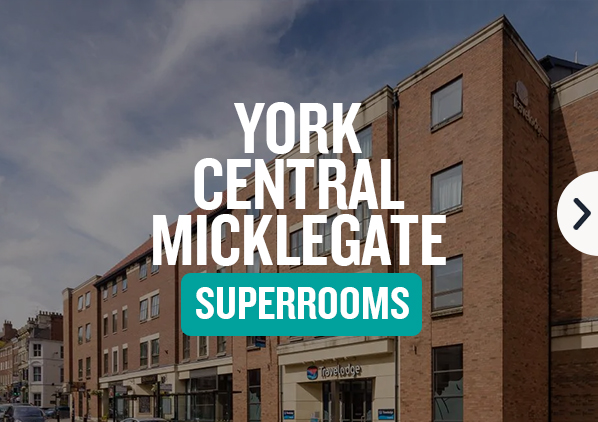Discover what makes Britain great with our collection of hidden treasures.
Whether you’re looking for a seaside escape or a slice of culture, we’ve uncovered secret spots for you to enjoy without travelling too far or spending a fortune!
Durdle Door, Dorset

Durdle Door is one of Dorset’s most photographed and iconic landmarks, and it is probably the most famous stone arch in the world. Part of the Jurassic Coast World Heritage Site, it is a highly regarded beauty spot. Durdle Door was created when the sea pierced through the Portland limestone around 10,000 years ago and is now accessible via the South West Coast Path, from which it is a 15-minute walk down to the beach. By following this natural cliff path or the steps to Man O’War beach, the tilted Purbeck Beds are clearly visible, and at the base of the chalk cliffs, many caves can be seen carved out by the sea (wave-cut notches). You won’t regret coming here. From rock-pooling, walking to coasteering, photography to nature walks or enjoying the stunning views. There’s plenty to do and see for all ages.
Stay nearby
Minack Theatre, Porthcurno
At first glance, this impressive sight looks like somewhere in Greece. However, you can see this place for yourself in Cornwall. Perched on the rugged cliffs, overlooking the breathtaking panorama of Porthcurno Bay, this world-famous and unique theatre puts on a complete programme of events. There’s something to suit everyone’s tastes, from drama, musicals, and opera productions to live music, comedy acts, and story-telling. Once you’ve experienced a show, explore the exhibition centre where you can find out more about this impressive theatre’s story or look around the glorious sub-tropical gardens where you can spot exotic plant life.
Stay nearby
Blakeney Point, Norfolk

The charming coastal village of Blakeney is one of the most enchanting on the North Norfolk Coast. Located atop a small hill leading down to a harbour, it has pretty flint cottages, shops, cafes, restaurants and pubs. Blakeney was initially a busy medieval commercial port until the estuary silted up. What remains is an incredible landscape of marshes, mud banks, sand dunes, and horizons stretching far out to sea. The Nature Reserve is also a world-renowned breeding site for sea birds and home to a colony of Common and Grey seals that live here year-round and can be seen on ferry boat trips that leave from Morston Quay. The Point has a distinctive Lifeboat house that provides an insight into Point’s history and is also where the National Trust wardens live and work to protect and conserve the wildlife and landscape. The salt marshes support an interesting range of seaside plants, creating an intriguing habitat and surroundings for refreshing coastal walks for all visitors.
Stay nearby
St Ives, Cornwall

The dazzling jewel in Cornwall’s crown, St Ives, is a picturesque fishing harbour and seaside town. The town is situated on a narrow peninsula framed by sandy beaches, and radiating out from the idyllic harbour is a maze of delightfully quaint cobbled streets lined with fishermen’s cottages. Four beaches are within walking distance of the town, each with a different character. The vast and sandy Porthmeor beach is one of the most popular surfing beaches in West Cornwall and is overlooked by the Tate Gallery. Porthminster is the second biggest and is conveniently found next to the train and bus stations. The Harbour beach is a lovely, safe family option in the middle of town. And last but not least, Porthgwidden is tucked away around the corner from all the hustle and bustle with beach huts available and is an ideal place for swimming. St Ives also has a rich artistic heritage celebrated with a plethora of galleries from the small to the internationally acclaimed.
Stay nearby
The Shambles, York










